China's Ministry of Housing and Urban-Rural Construction said local governments may ask state-owned enterprises to help buy some unsold homes from property developers.

The Chinese government has launched its most ambitious plan yet to rescue the property market.
This is a development that investors have been waiting for months. But whether these measures will be effective remains a big question mark.
Ambitious plan
The package deal revolves around China adopting a policy already tried in one major city - requiring local governments to buy unsold homes from property developers and convert them into affordable social housing.
The plan also includes cuts in mortgage rates and down payment requirements, and more importantly, 300 billion yuan ($41.5 billion) in low-interest cash from the central bank to finance state purchases of unsold properties.
“Policymakers are aware of the urgency of preventing a full-blown property crisis,” said Zhaopeng Xing, senior strategist at ANZ Research. “The new rescue plan shows the determination of Chinese policymakers to turn things around.”
While the urgency is welcome, experts say the current relief package may be too small in scale to be effective and could face funding problems.
According to Goldman Sachs, the total value of unsold homes, unfinished projects and unused land in China is about 30 trillion yuan ($4.1 trillion).
Goldman analysts said in a recent research note that it would take more than 7 trillion yuan ($967 billion) across all cities to reduce housing supply to levels last seen in 2018, a boom year for the property market. That is more than 20 times the amount of funding announced by the People’s Bank of China (PBoC, the central bank).
Although China's economy grew faster than expected earlier this year, the momentum is being weighed down by the mainstay real estate sector, which once accounted for 30% of economic activity.
Limited scale
Despite a flurry of announcements earlier this month, it remains unclear how the Chinese government will implement the home buying program and how much money will be needed to finance it. Most importantly, it is unclear where cash-strapped local governments will get the money to pay for it.
The latest refinancing program could provide 500 billion yuan ($69 billion) worth of bank loans to support local home purchases, said Tao Ling, deputy governor of the PBoC.

But even that figure falls far short of what is needed. Some analysts estimate that hundreds of billions of dollars would be needed to clear China’s property inventory, which includes millions of empty or half-built homes across the country.
Ting Lu, chief China economist at Nomura, who calls China’s property sector a “dilemma,” said completing the construction of homes that have already been sold would require at least 3.2 trillion yuan ($442 billion). He estimated that there are currently about 20 million homes that have been presold but have yet to be built.
Where is the money?
China's Ministry of Housing and Urban-Rural Construction said local governments may ask state-owned enterprises to help buy some unsold homes from property developers.
However, local government bond issuers (LGFVs) are currently saddled with a huge amount of “hidden” debt that is not allowed to be purchased, according to PBoC Deputy Governor Tao Ling. That leaves local governments with few options to raise cash.
China's provinces and cities have racked up some $15 trillion in debt, much of it hidden and piled up in recent years to cover the cost of infrastructure projects and pandemic-related spending.
The property market slump has exacerbated local governments’ financial woes, as land and housing sales typically account for more than 40 percent of total revenue. The debt crisis has forced many Chinese cities to cut spending sharply.
China's real estate industry began to weaken in 2019 and fell into a "black hole" about three years ago, after the government issued an order to tighten lending activities of real estate developers.
Efforts to rescue the key sector began as early as 2022, when the downturn triggered a crisis for some developers and sparked discontent among tens of thousands of homebuyers as projects were delayed or missed deadlines. But the measures have largely been ineffective, leading to a decline in developers’ cash flows.
Just the beginning
Experts say that solving the oversupply of unsold homes is just the first step in reviving China's property sector. In other words, according to analysts at Goldman Sachs, China needs to address three key issues.

The second and third steps involve boosting housing demand and mitigating the construction slowdown. That requires more detailed measures to shore up consumer confidence and boost home prices.
It is worth noting that the external environment is becoming increasingly difficult. The US government has decided to increase tariffs on a series of imported goods from China from August 1, and the European Union (EU) may take similar action. Former US President Donald Trump even threatened to impose a 60% tariff on imports from China if he was re-elected.
Analysts estimate that Mr. Trump's proposed tariffs could reduce China's growth rate by as much as 0.9 percentage points.
In the long term, experts say the plan could reduce the risk of China falling into a “deflationary spiral” like Japan. The key lesson from Japan is that policymakers should avoid acting too late. “This could be the beginning of the end of China’s property crisis,” they added.
Source








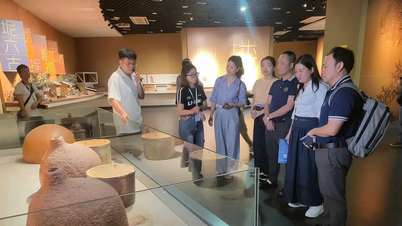








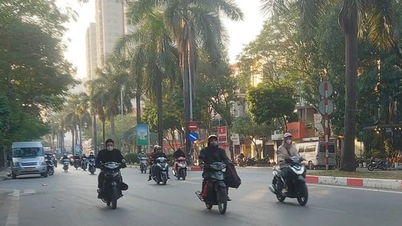



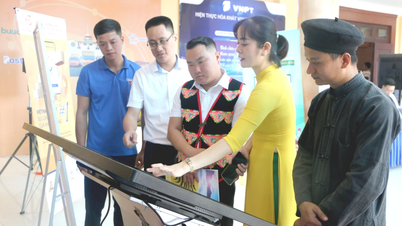







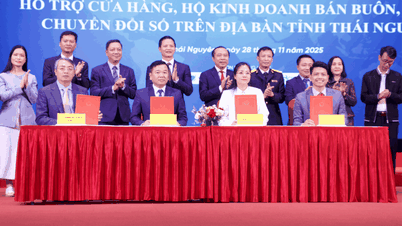


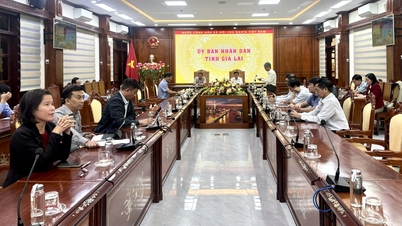



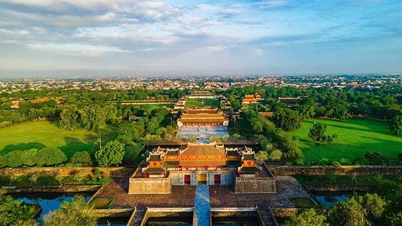

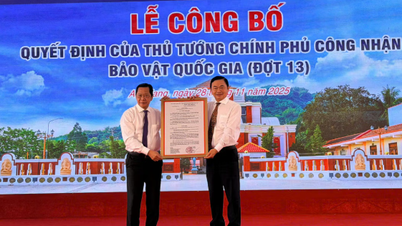



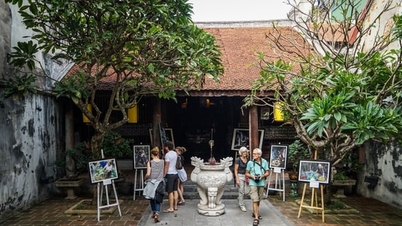







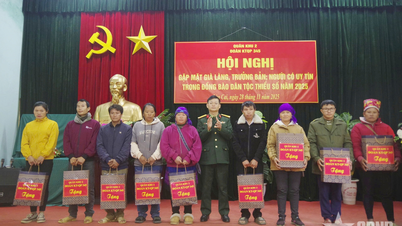

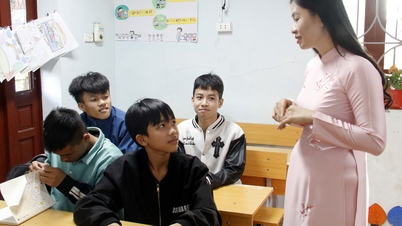

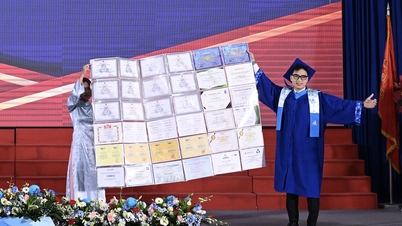









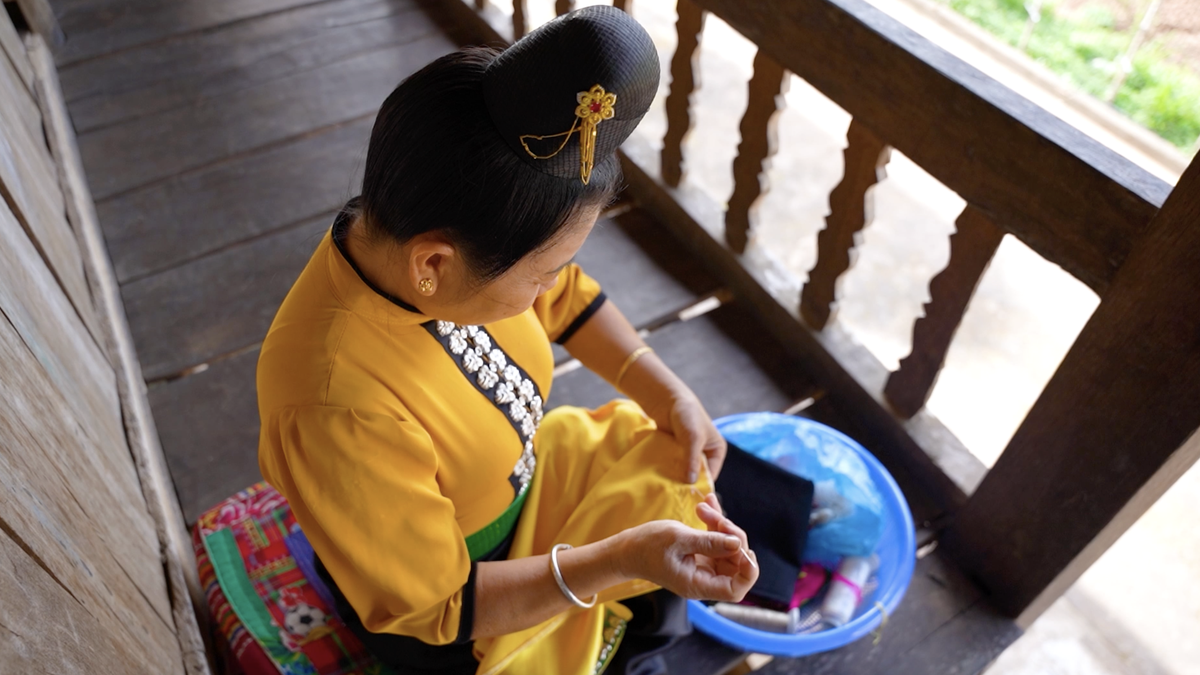









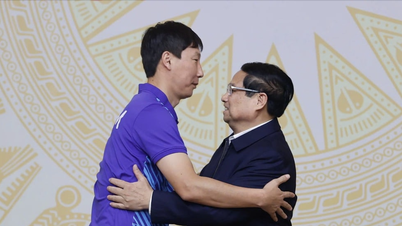
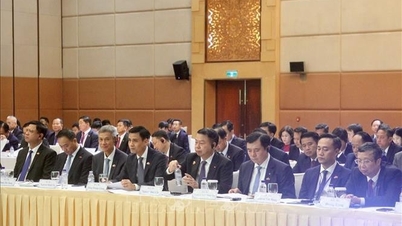






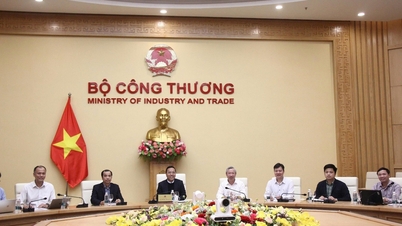

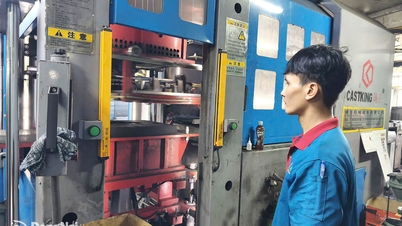





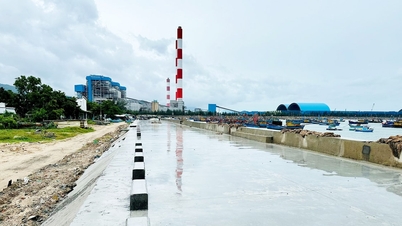

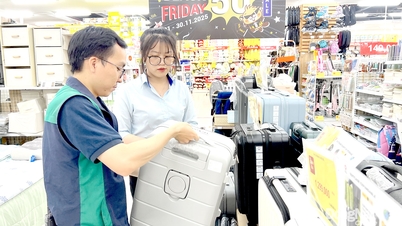













Comment (0)